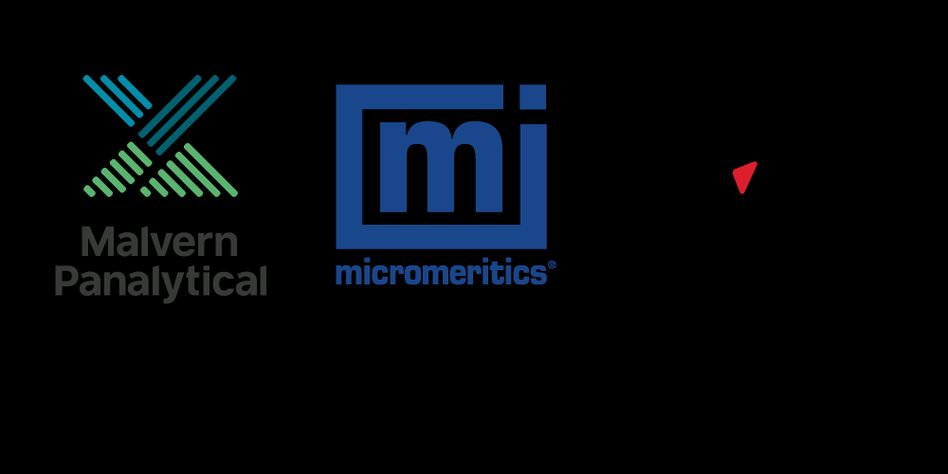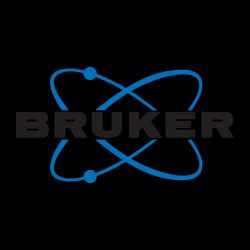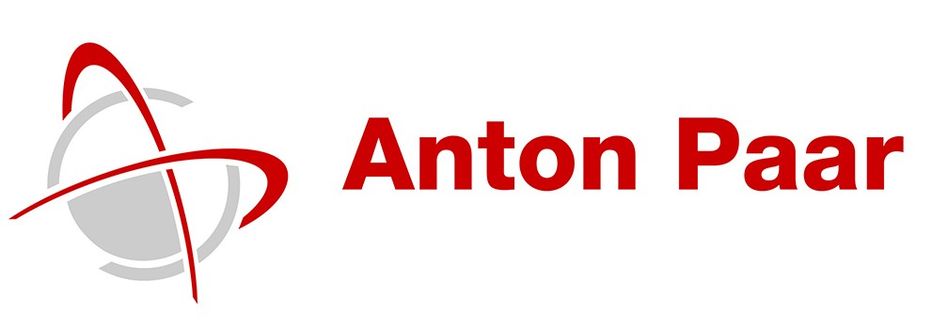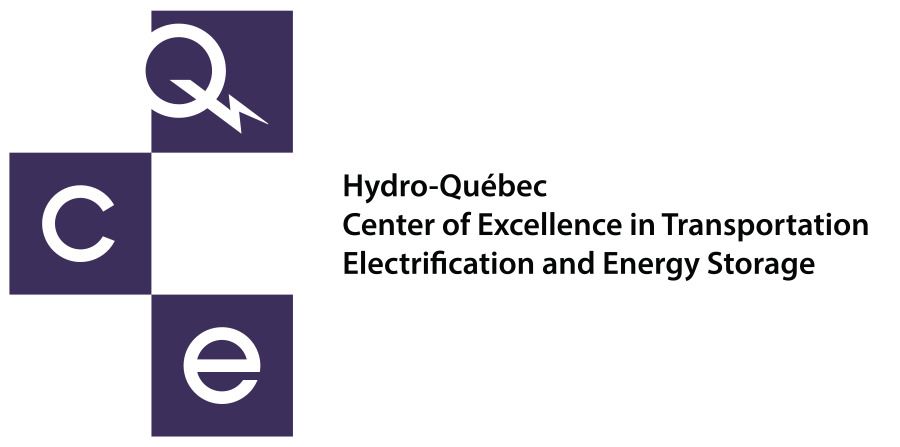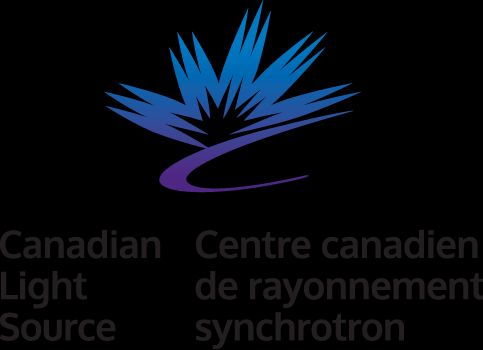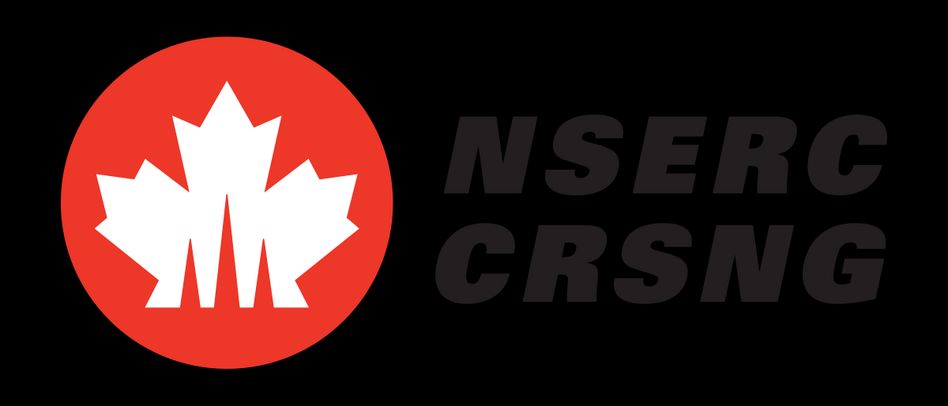
Canadian Powder Diffraction Workshop 18 (CPDW18)
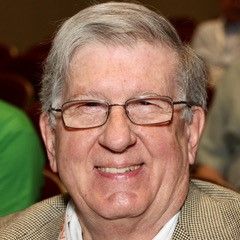
Robert Von Dreele
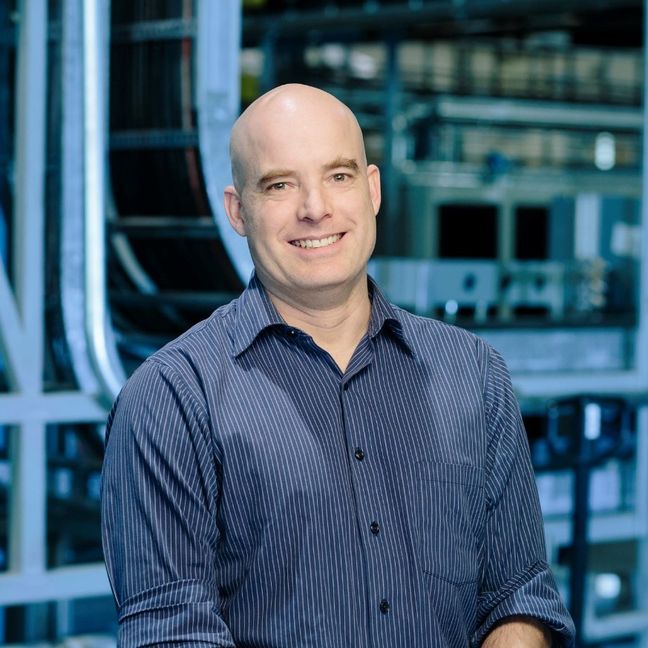
Joel Reid
Industrial Scientist at the Canadian Light Source
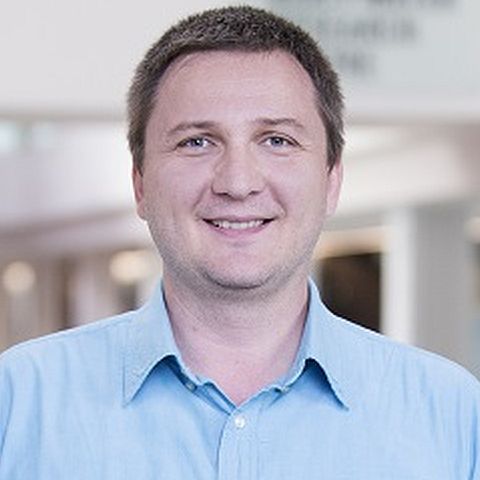
Levente Balogh
Queen's University
Hatem Titi
McGill University
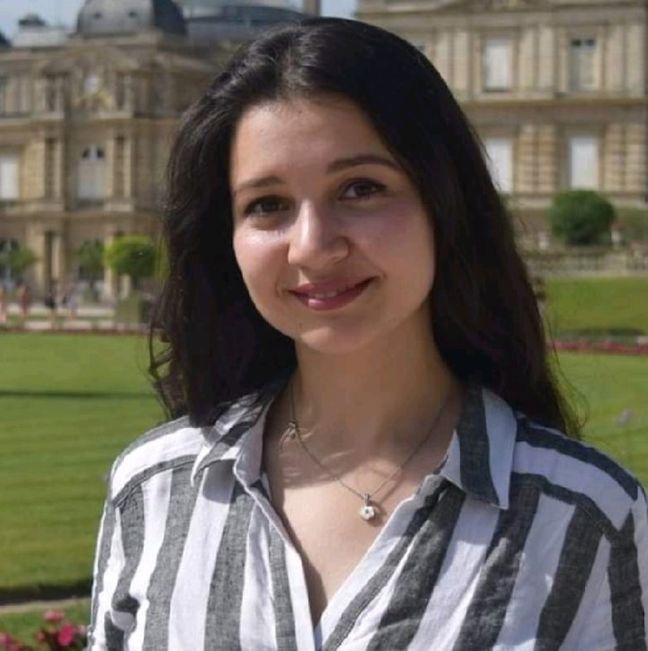
Elaa Ben Fredj
Anton-Paar
Paula Piccoli
Bruker
Graham King
Scientist at the Brockhouse high energy wiggler beamline at the Canadian Light Source
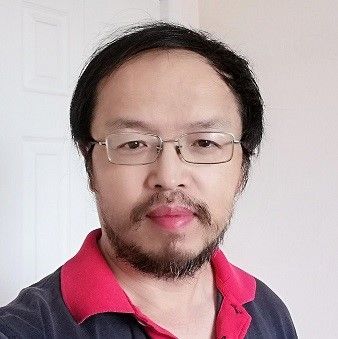
Feizhou He
Materials & Chemical Sciences Manager at the Canadian Light Source
Anton Dmitrienko
ProtoXRD

Anita Lam
University of British Columbia (UBC)
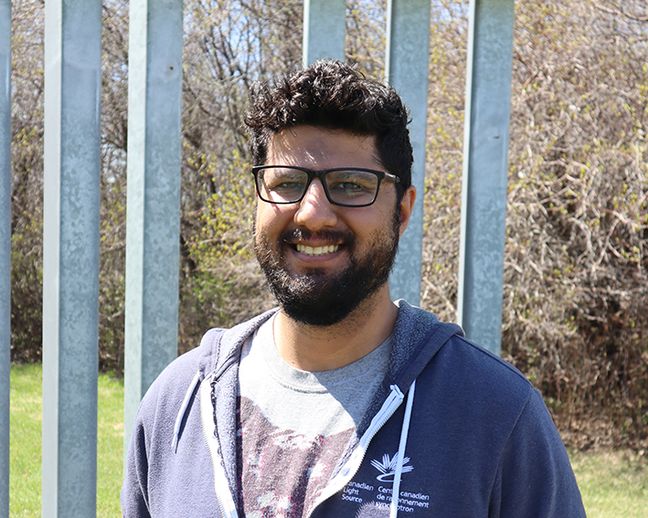
Al Rahemtulla
Canadian Light Source
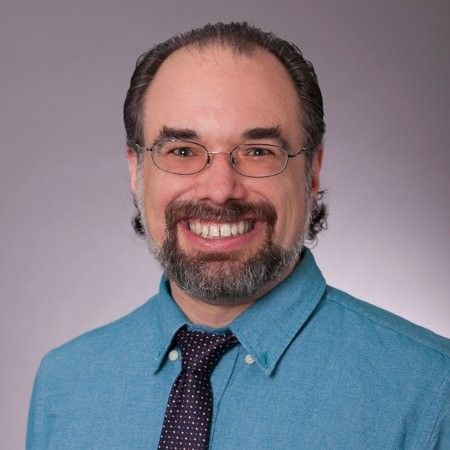
Scott Speakman
Malvern Panalytical
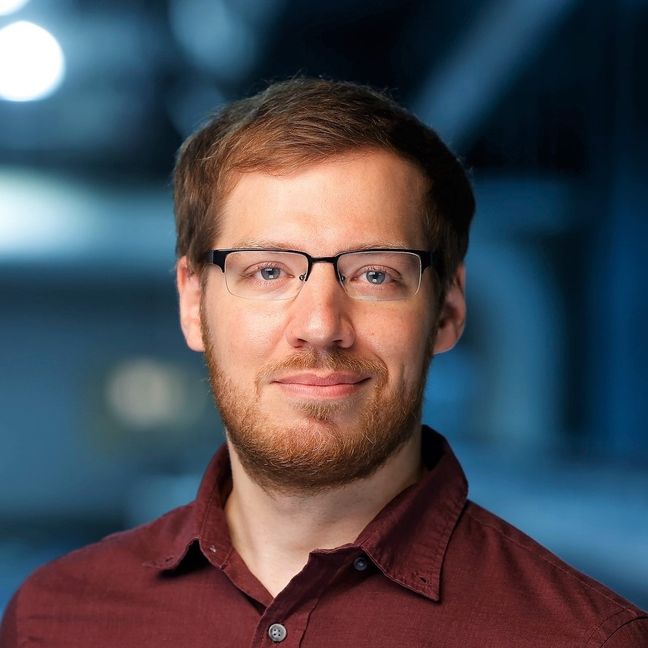
Toby Bond
Canadian Light Source
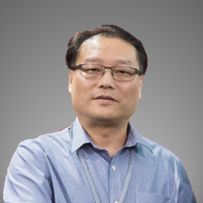
Renfei Feng
Canadian Light Source
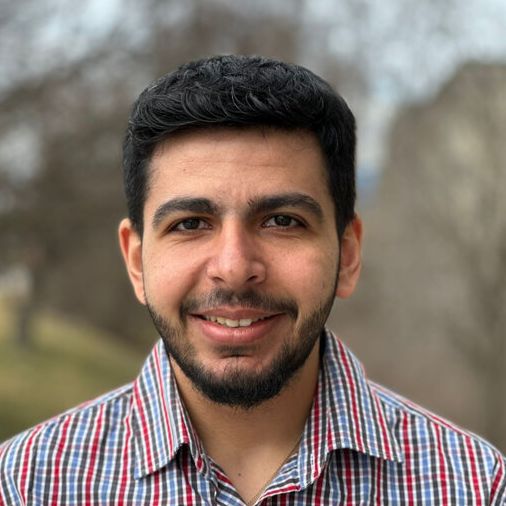
Karim Louca
Canadian Light Source
Location
University of Saskatchewan Campus
Saskatoon, Saskatchewan Canada, S7N 2V3
Contact us
If you have any questions, please contact beatriz.moreno@lightsource.ca
